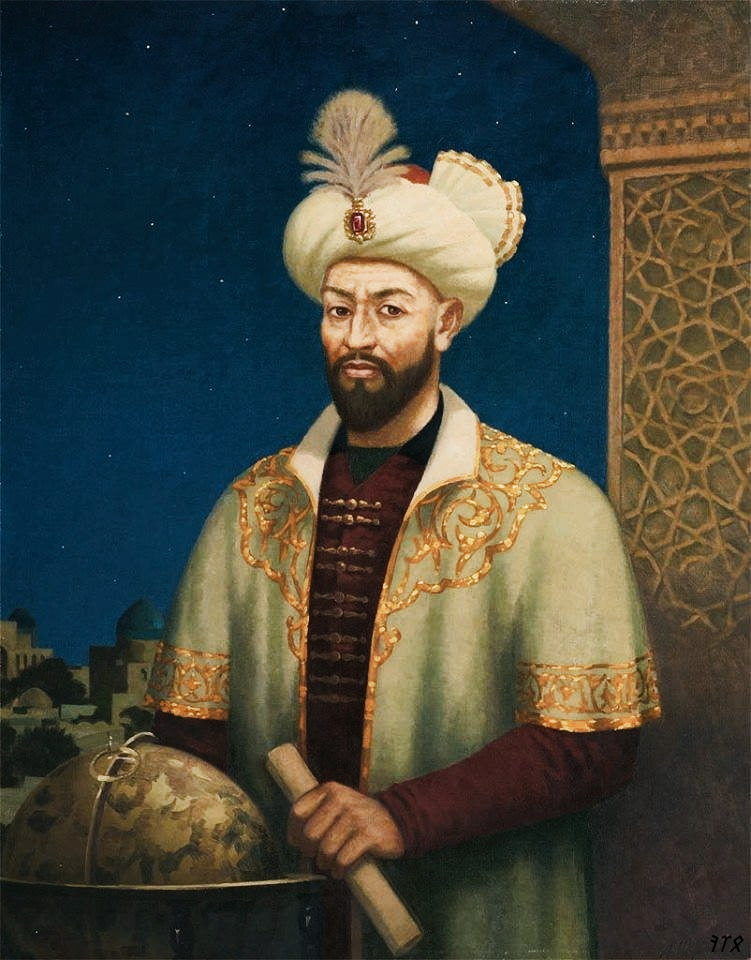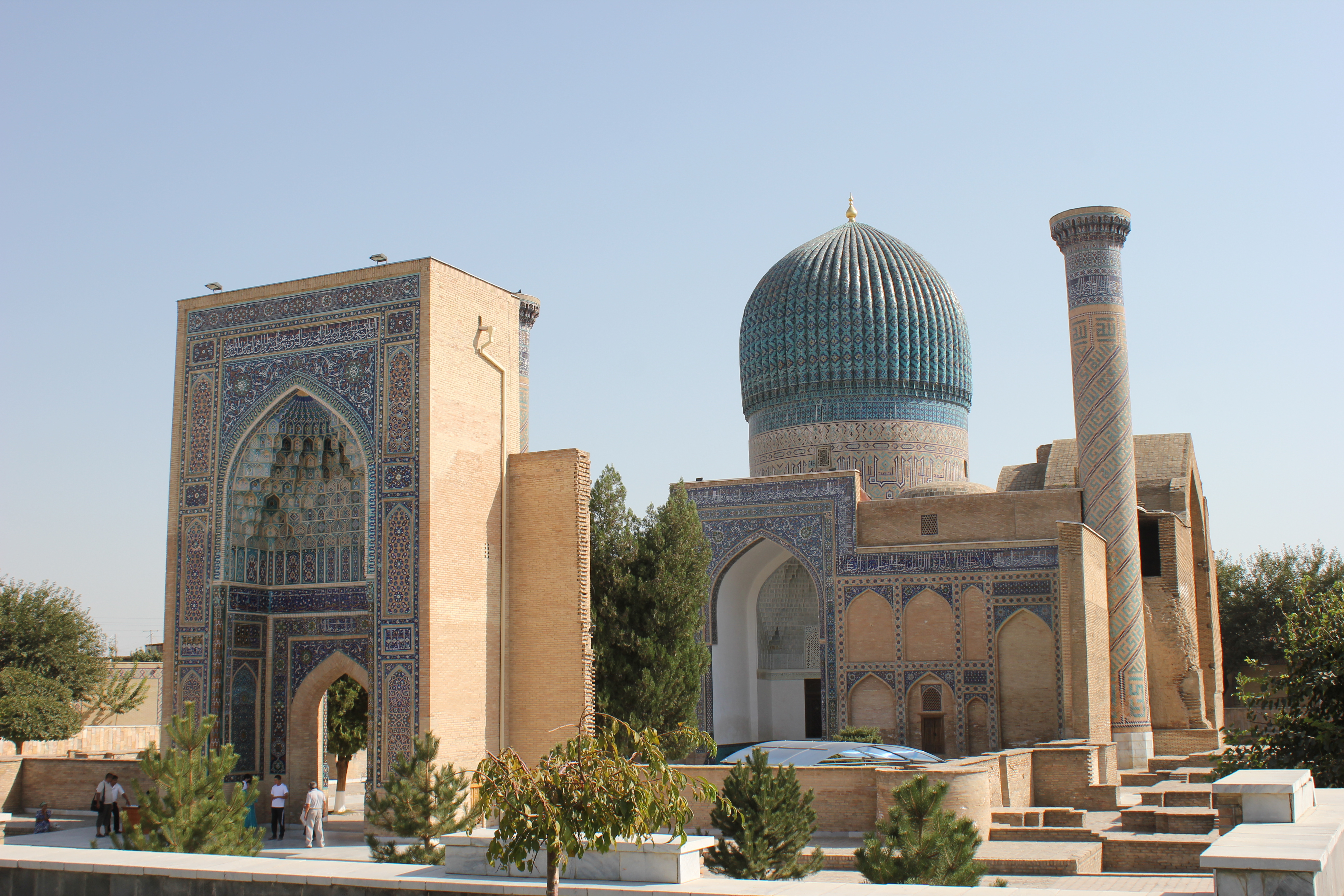How The Thriving, Prosperous Timurid Empire of Central Asia Declined and Dissolved
While Timur’s personal brand of ruthless politics and battlefield competence kept his realm united during his lifetime, it was not long after his death that cracks began to appear in the foundations of his empire. Succession among nomadic steppe cultures was rarely a simple affair and the mantle of the chief executive was usually understood as a prize to be won, rather than an inheritance to receive. Fighting broke out among his sons and while Shahrukh would ultimately win the struggle, the years of civil war required a lot of rebuilding of both political relationships and actual structures.
As Shahrukh built a reputation as a Persian-style sovereign, he left much of the day-to-day regional governance to his son, Ulugh Beg (whom we discussed in the previous Timurid post). The long reign of Shahrukh provided some much-needed stability after the bloody succession crisis and by most accounts Ulugh Beg did a fair job managing the various spheres over which his father had placed him.

In spite of their political and economic good government, neither Shahrukh nor Ulugh Beg possessed the same battlefield savvy of Timur. The great founder of the Gurkani Empire managed the realm in a manner similar to a feudal fiefdom, granting large tracts of land to various groups who had assisted in his conquests. After his death, many of these formerly loyal groups frequently made plays for independence, challenging the Gurkani on the battlefield and frequently gaining victories.
By the mid-1400s, all of Mesopotamia and most of western Persia was lost to the Aq Qoyunlu, a group also known as the “white sheep Turks.” In the northern region of Transoxiana, meanwhile, a nomadic group known as the Uzbeks ostensibly supported Ulugh Beg’s son Abu Sa’id’s succession and helped to eliminate the forces of his brother. Other groups previously under Gurkani domination performed similar attempts at kingmaking throughout the later 1400s, which led to further instability, territorial loss, and unproductive infighting. Eventually the Gurkani were isolated into two competing states located in Khorasan and Transoxiana respectively.

Eventually a leader of the Uzbeks known as Muhammad Shaybani conquered the remaining Gurkani cities throughout Transoxiana and declared himself the new Khan, ultimately ending the Gurkani Empire’s reign in the region. However, while this put an end to the so-called Timurid Empire, it was not the end of Timur’s dynasty altogether.
One of his descendants known as Babur conquered the Indian city of Delhi and founded a new empire which gradually annexed most of India. The Mughal Empire, as it came to be known, would control much of India until the mid-1700s, when the British Raj supplanted it and gradually absorbed its authority until finally abolishing it outright in 1857.

Although the last vestiges of the Gurkani Empire ended in 1507, its aesthetic and cultural contributions would live on well into the modern age. The Ottoman Empire, the Safavid Dynasty who arose in Persia, and the Mughal Empire all adopted various artistic sensibilities which originated within the Timurid Empire.
In the modern world, testaments to the legacy of the Gurkani Empire can most readily be found in the nation of Uzbekistan. While neighboring nations like Kazakhstan, Tajikistan, and Turkmenistan also acknowledge their Timurid forebears, Uzbekistan is full of well-kept mausoleums, madrasas, and other buildings originally constructed during the age of the Gurkani. They also have several monuments to famous Timurids like Ulugh Beg, Timur, and Alishir Navai.

The ultimate legacy of the Gurkani Empire is not the battles they won or the neighboring nations they coerced into becoming tributary vassals, but in the art they sponsored, the buildings they constructed, and the cultural legacy which they nurtured. They are largely remembered today not by the many things they destroyed, but by those things which they managed to create.

Looking for a fun read that includes actual historical figures from the Timurid Empire? You've come to the right place! My latest novel, Califia's Crusade, is available for pre-order on Amazon, Barnes & Noble, Kobo, Apple Books, Bookshop.org and many other popular platforms!

